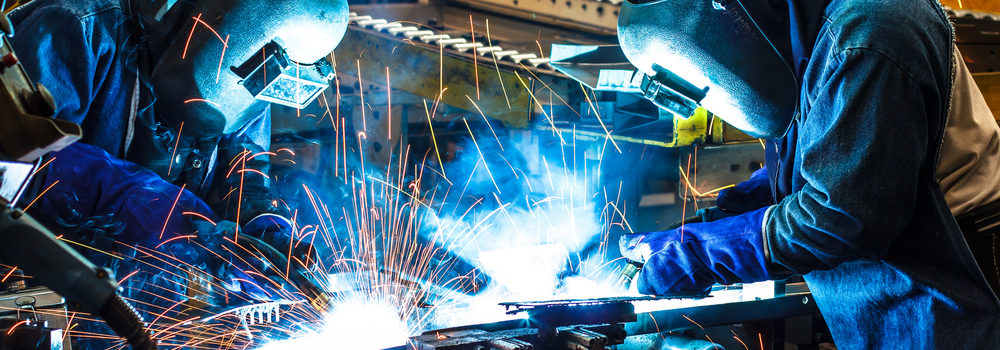May 24, 2017

Today we’re going to continue our two-part series on the safety concerns shipyard workers face. If you missed the first blog, 10 Hazards Faced by Shipyard Workers, you can find it by clicking on the underlined blog title in this sentence.
Fire & Explosions
Fire and electricity are common on shipyards and workers are going to come in contact with them on a regular basis. Thus, there is a higher risk of short circuits, electric shock, fires, and explosions.
Asbestosis Hazards
Because Asbestos is highly resistant to heat and corrosion, it is still common in ship building. Shipyard workers, especially those involved in the building of ships risk heavy exposure. Sadly, asbestos fibers can cause a buildup of scar-like tissue in the lungs. The build-up can severely affect lung function and usually progresses to significant disability and even death. Additionally, Asbestos is known to cause cancer and mesothelioma. Shipyard safety means going to great lengths to try and protect their employees from Asbestos.
Toxic Metals
Toxic metals are “heavy metals” including Arsenic, Beryllium, Cadmium, Hexavalent Chromium, Lead, and Mercury. In larger doses all of these metals are toxic, and shipyard workers can be exposed to them.
Confined Spaces
Workers at shipyards and docs will end up spending almost as much time in “confined spaces” as out in the wide open spaces of the doc. OSHA considers a “confined space” as one that was not designed for a person to be working there, but it is just large enough for certain jobs. Often these spaces have significantly restricted entries or exits. These spaces can include tanks, silos, storage bins, vessels, hoppers, vaults, pits, tunnels, equipment housing, manholes, ductwork, pipelines and more.
Confined spaces are not only hazardous because of their size, but often they contain unguarded machinery, exposed live wires, or are under pressure. The high pressure in many of these small spaces can result in eardrum rupture, and many workers complain of hearing issues.
Welding Hazards
Welding, cutting, and brazing are all common work practices in shipyards and come with their own risks. Hazards include exposures to metal fumes and ultraviolet (UV) radiation. And while proper safety gear and reduce the risks, there are personal risks including burns, eye damage, cuts, crushed toes and fingers, and electrical shock.
While working in a shipyard or the docs is a highly hazardous career, many still agree to sign up. If you do, it is important to know about the laws and safety measures that exist to protect you. If you or a loved one has been injured or killed while working in a shipyard, there are laws in place to help and provide for them and you. If you have questioned it is important you reach out to your local maritime legal professional.
